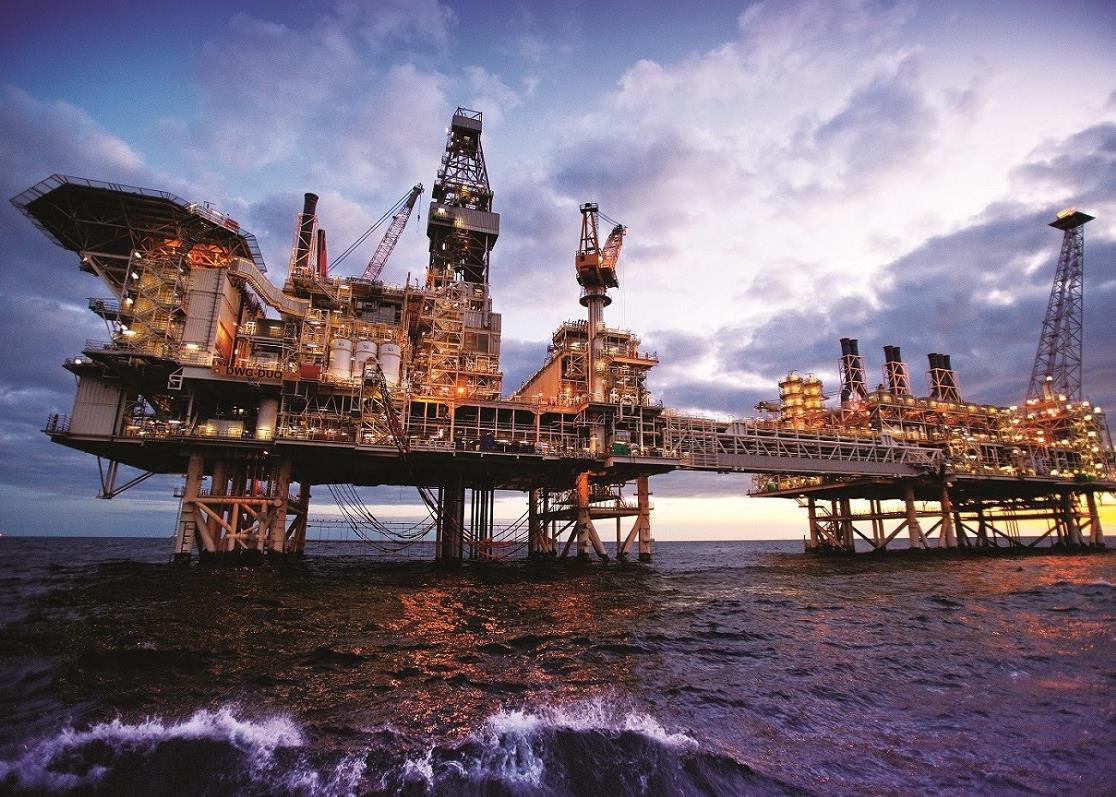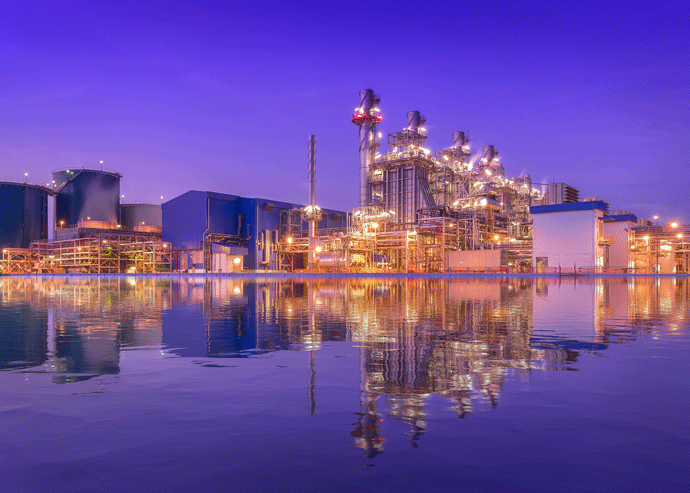

The energy transition challenge is not limited by geographic borders. Africa will play a part in supplying critical decarbonisation materials – such as copper, lithium and cobalt – around the globe. However, the common goal for net-zero global emissions has triggered a broader search for the minerals the world needs the most.
Mining companies in the Middle East are repositioning themselves as suppliers of battery-grade materials. With rich deposits of minerals sitting beneath them, these companies could fill the deficits of key materials that will enable the energy transition. But what will it take to realise this vision?
A rich belt of base metals
The Tethyan mineral belt is a geological foundation that extends across two continents and 33 countries – snaking from France in the West, through the Middle East before eventually ‘daylighting’ in Malaysia. The belt is rich in base metals. Yet much of it is under-explored compared to mining zones in the Andes or Africa.
Research suggests there are considerable deposits of copper, lithium and other materials beneath the surface. These materials are critical for electric cars, wind turbines, batteries and many other technologies that will make the energy transition possible.
Notably, the Tethyan belt stretches across Saudi Arabia, making it a key opportunity for the kingdom's growing mining industry, with its ambitions to become a major player in the global energy transition. And Riyadh is responding to this challenge rapidly, positioning the country as an ‘emerging mining nation’ along with Oman and other parts of the region.
Mining companies in the Middle East are repositioning themselves as suppliers of battery-grade materials
Darryn Quayle, Worley
Saudi’s shift to a lower-carbon economy
The growing demand for energy transition materials comes at a key time for Saudi Arabia, as it undergoes the most significant economic transformation in its history. A pivotal aspect of the energy transition is using lower-carbon energy wherever possible, which begins from the moment mining companies extract material out of the ground.
Mining and its supply chain consume about 12 per cent of globally produced energy. In some developing countries, this figure increases to over 20 per cent of produced energy. For materials that end up in a battery, that initial battery production consumes 20 times the amount of energy to produce a battery than its holding capacity.
Over the life of a battery, the CO2 savings add up many times over. However, if coal-fired electricity powers the production of an anode in the battery of an electric vehicle, its carbon footprint is higher than if that energy came from a renewable source.
That is why the carbon intensity of the energy used to manufacture the anode or cathode – the critical components of a battery – is so important, and it is why the region is perfectly suited to developing these industries.
| Learn more about subscribing to MEED.com The #1 platform for business news and intelligence trusted by 1,000+ leading, global brands |
Middle East's competitive advantages
Saudi Arabia has the potential to produce vast amounts of solar power and considerable wind power and is setting itself up as the destination for energy-intensive industries, such as anode and cathode manufacturing.
While Europe takes the lead in the Western world's energy transition processes and electric vehicle adoption, the Middle East represents a natural and complementary partner for the region.
For example, it is much easier to get planning permission to build a mine or battery processing facility in Saudi Arabia than in the UK or northern Sweden.
Operating costs will also be lower due to the cost competitiveness of renewable energy. In turn, that could see supplies of battery-grade materials to Europe, where most of the demand is today, in favour of the Middle East.
As a result, this economic opportunity could see a rapid expansion of mining and processing facilities across Saudi Arabia.
While infrastructure may still need development, the intention to upscale is there. Saudi Arabia has pipelines and ports for oil and gas, but plans are in place to triple the rail network and add 1,000 kilometres of track to transport the million tonnes of raw material to local processing facilities. In addition to this, ports will also be modified.
The Middle East has a key role in addressing shortages, as there are not nearly enough raw materials to feed the planned gigafactories
Darryn Quayle, Worley
The next industrial revolution
These developments reflect the global race to build ‘gigafactories’ – giant battery plants that can produce hundreds of thousands of packs to support the automotive industry as it moves towards all-electric.
Currently, there are approximately 260 gigafactories under construction globally. More than 160 are in China; the rest are in the West.
It is a race for raw materials as these gigafactories need large volumes of raw materials. The World Bank's Climate-Smart Mining team predicts a need for 500 per cent more lithium, cobalt and graphite, alongside 100 per cent more nickel and 7 per cent more copper – a huge number, bearing in mind the context of the global copper market.
The Middle East has a key part to play in addressing these shortages, as there are not nearly enough raw materials to feed the planned gigafactories. The Middle East can fill this gap over the next 15 years.
It will not happen overnight, but Saudi Arabia can become the centre of an integrated mining supply chain for energy transition materials as it assumes the role of aggregating vast quantities of cathode and anode material, before shipping it to battery makers.
Bringing traditional expertise to a transforming industry
What makes the Middle East, and Saudi Arabia in particular, so appealing to mining companies and investors alike is that the region is experienced in executing large or complex infrastructure projects in the oil and gas industry. Their proven track record and ability to develop complex infrastructure quickly is exactly what the new age of mining demands.
The world's mining community needs to work together to solve a fundamental challenge: how to supply vast volumes of material in a short timeframe. This is a once-in-a-generation opportunity for aspiring miners with underexplored deposits of critical decarbonisation materials beneath their feet.

You might also like...

Adnoc Offshore awards Upper Zakum contract
17 April 2024

Oman awards Batinah coastal road contract
17 April 2024

Oman appoints Al Khuwair Downtown project manager
17 April 2024
A MEED Subscription...
Subscribe or upgrade your current MEED.com package to support your strategic planning with the MENA region’s best source of business information. Proceed to our online shop below to find out more about the features in each package.







